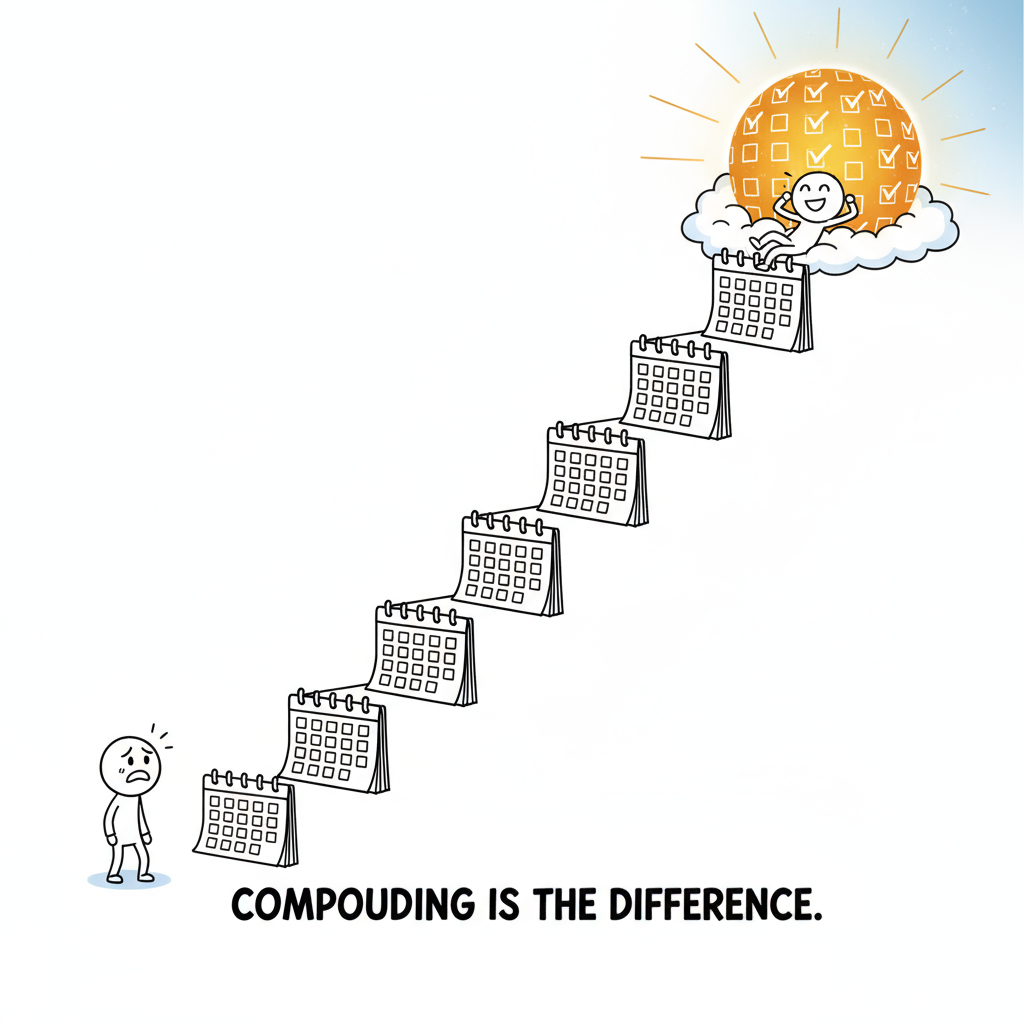The Startup Playbook
Sam’s core idea is simple enough to write on a sticky note. Make something a small set of users truly love, then get many more of those users. Everything else is secondary until that product love is real. He says the graveyard is full of teams that tried to skip this step, and the line lands because it is true in practice and not just in pitch decks. The passage on how love beats like is the one I would highlight and tape above a monitor.
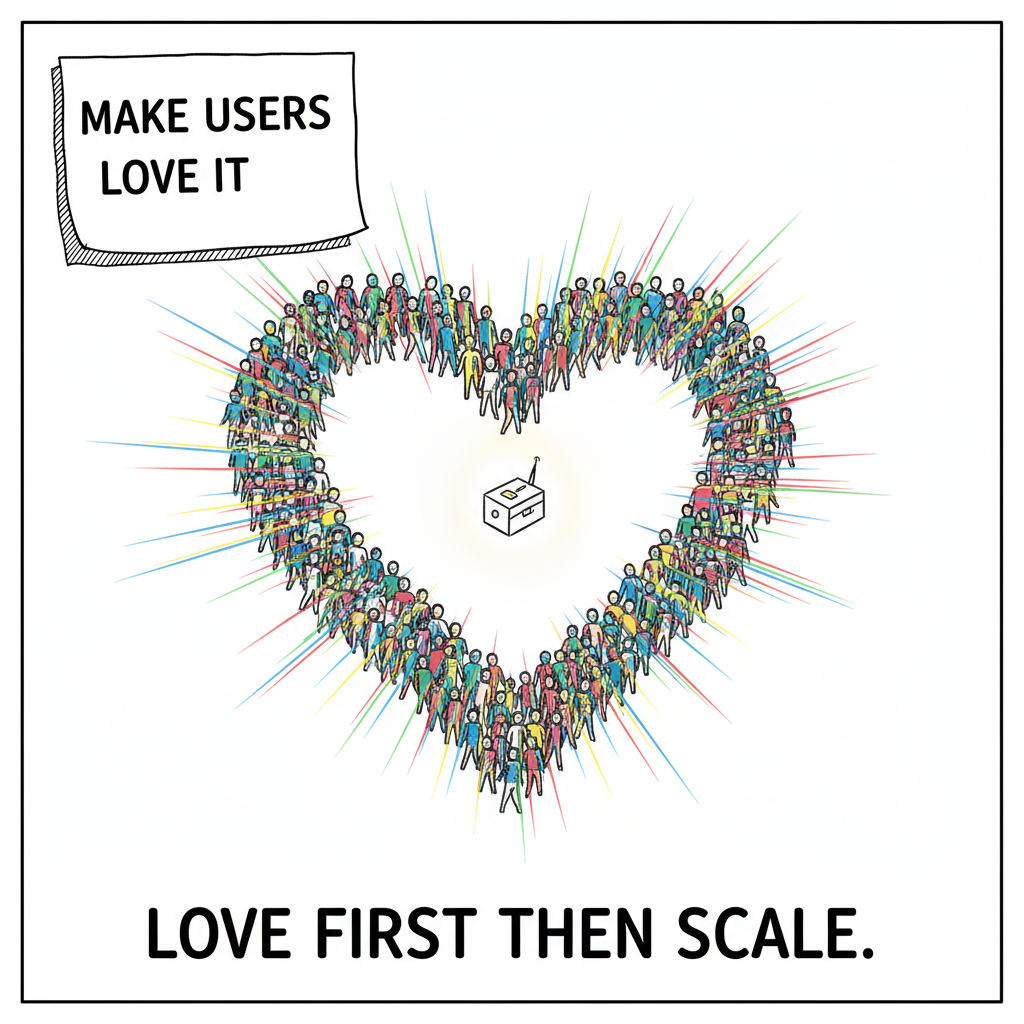
His section on ideas reads like a forcing function for honesty. Say what you are building and why in one clear sentence. Know who desperately needs it. If you sell to companies, get a real letter of intent before you touch a keyboard. If you sell to consumers, launch and watch what people do, not what they promise. This is not romantic advice. It is a way to keep yourself from hiding behind complexity or research theater. The bit about being your own target user, or at least understanding the user deeply, is the sanity check I would keep asking myself each week.
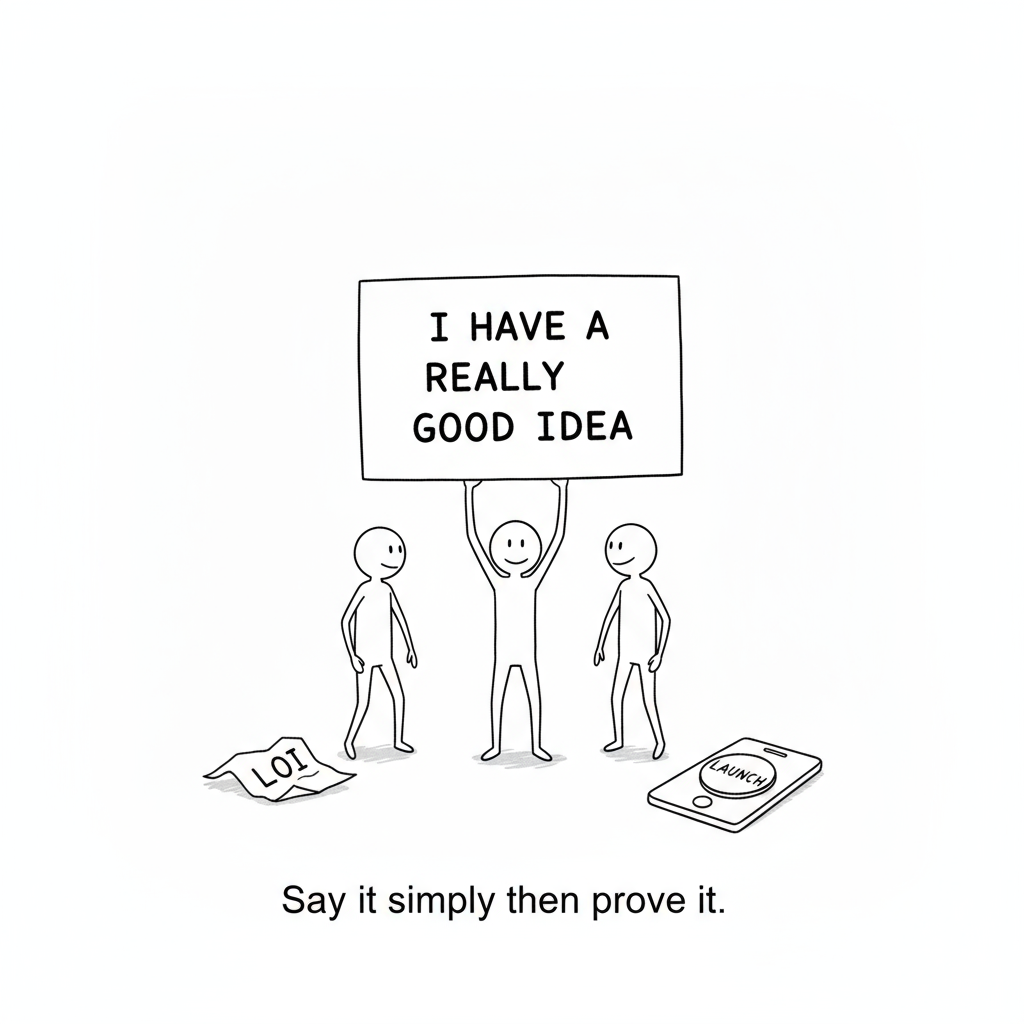
The section on risk is the right kind of provocative. He says most people misprice risk, that the risky move may be spending years in a safe role while your best idea withers. I do not think this is universal, life is messy, but if you are already leaning toward the jump it is useful to hear that failure in a visible attempt does not end a career. It often enlarges it.
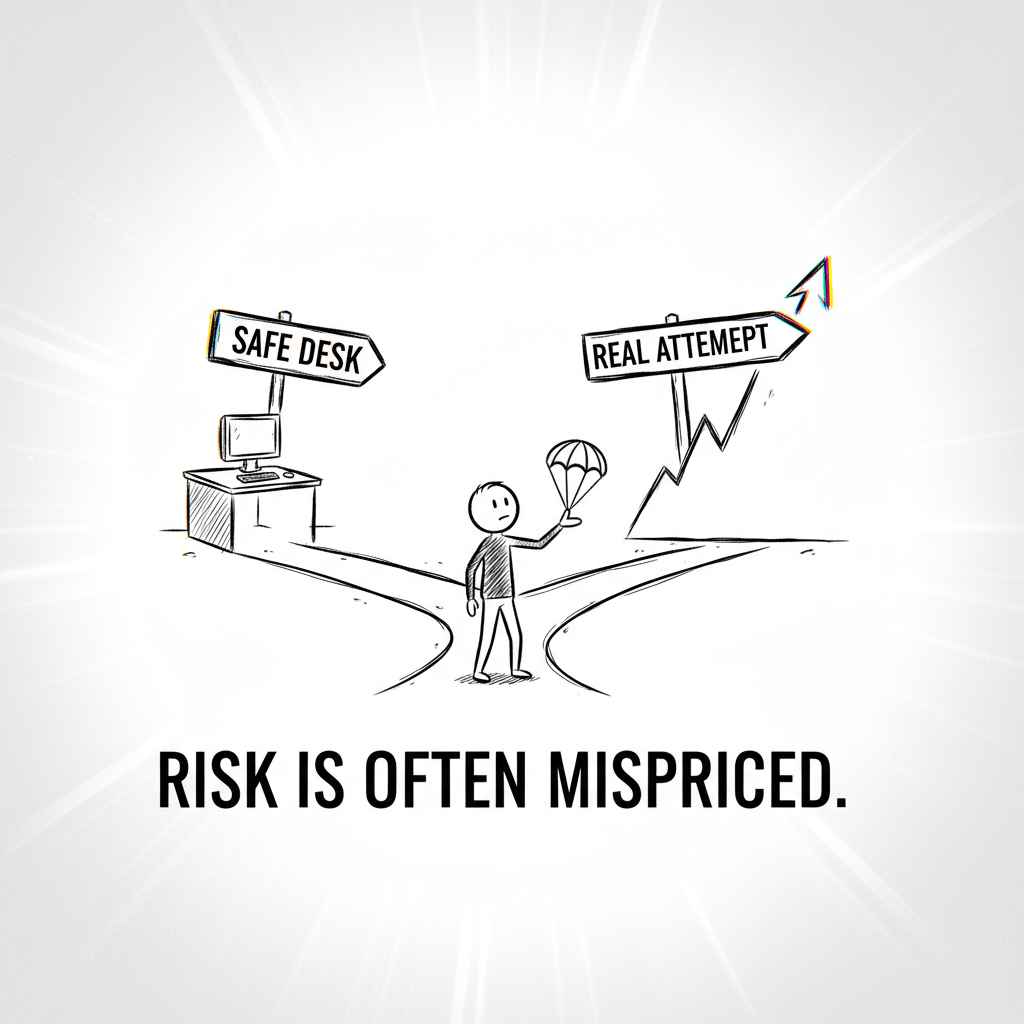
Team advice is blunt without being macho. Choose people with unstoppability, resourcefulness, responsiveness. Prefer cofounders you already know, otherwise go solo rather than force a brittle match. Set equity splits early and keep them nearly equal so resentment does not grow in the dark. I have seen founders chase résumés and frameworks while ignoring these basics. The Playbook is right to elevate character and relationship over glossy credentials.

The product chapter is the heartbeat. He writes that the only universal trait of great companies is a great product, that if you do not build something users love you will eventually fail, and that the bag of growth tricks empties as you scale. It reads harsh, and it should. The subtle reminder that product includes every interaction, from support to sales, is the part people forget when they sprint on features and leave rough edges on everything else.
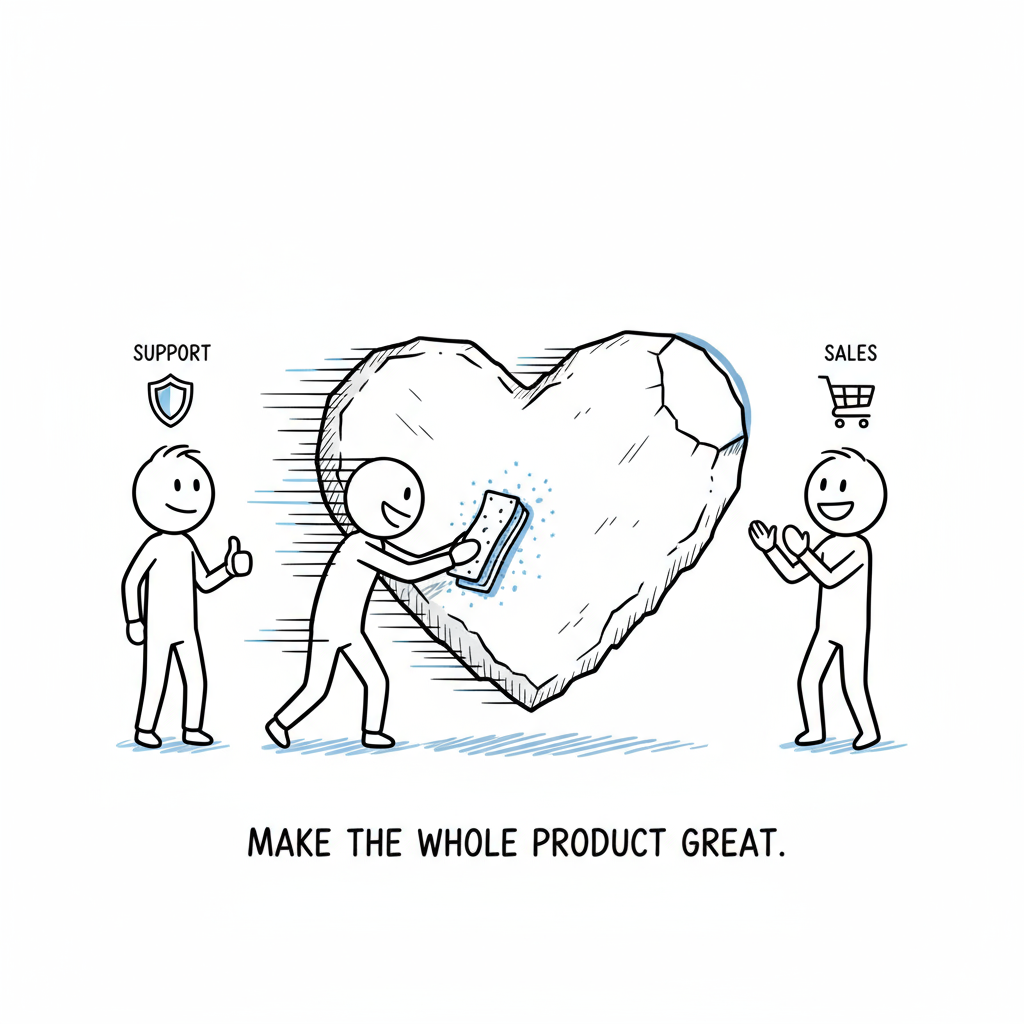
Execution shifts the essay into company building. The line that the only universal job of a CEO is to make sure the company wins is one I would circle because it cuts through the temptation to outsource responsibility. You can hire strengths around your gaps, but you cannot hire out ownership. Growth and momentum then appear as the cultural engine. Pick one metric, measure it in public, set the quality bar yourself, and the rest of the org will follow the pressure gradient.
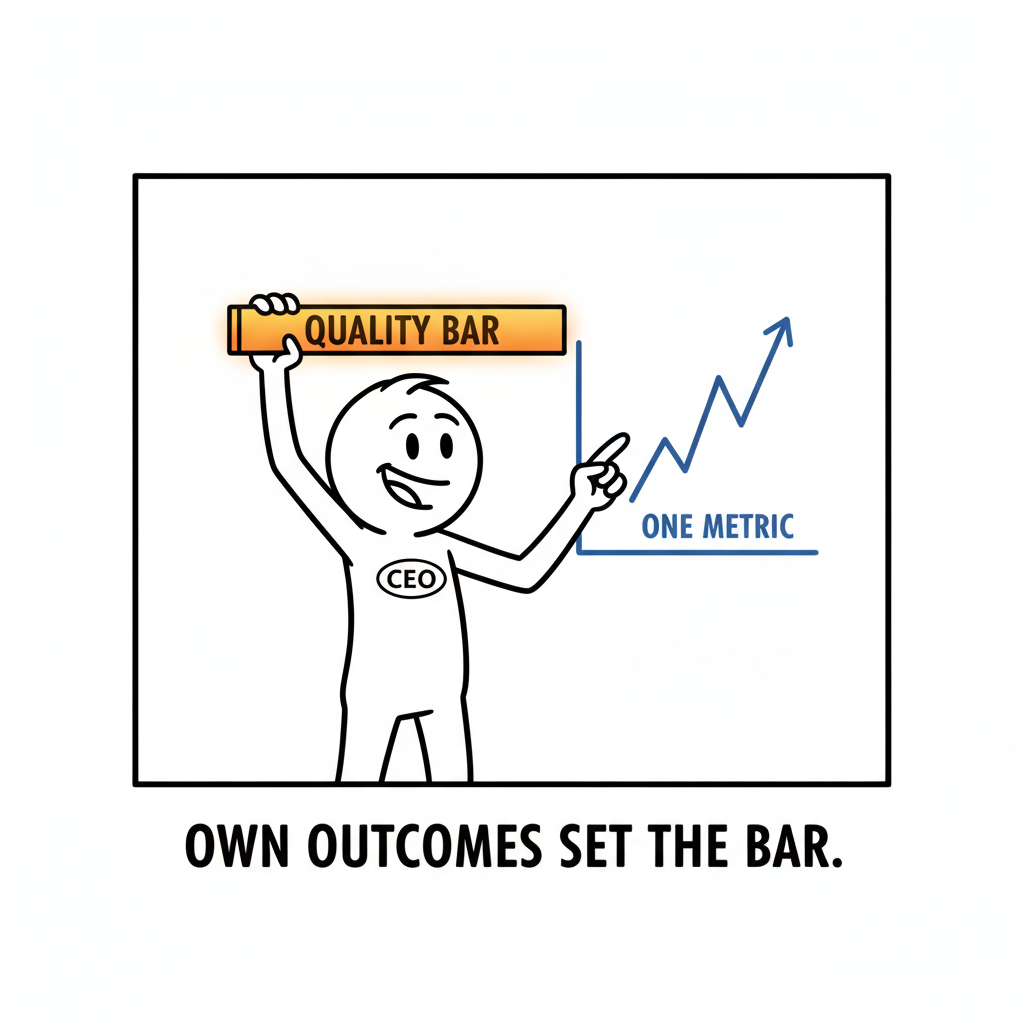
Competitors get the demotion they deserve. He calls them a startup ghost story and says most deaths are self inflicted. Ignore the noise until a rival beats you with a shipped product and real users. As operating posture this is medicine worth taking. You do not need to pretend the market is empty, you just need to direct attention where it changes outcomes.
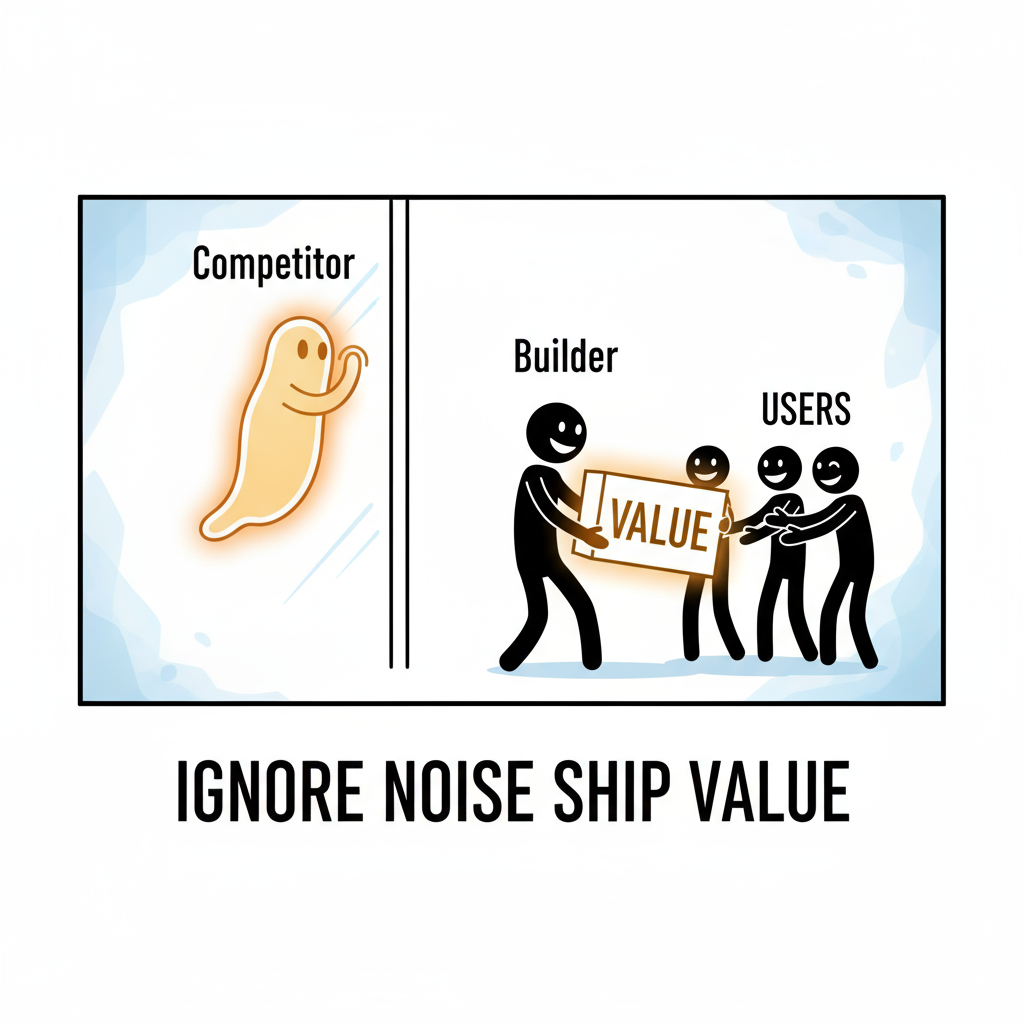
The money section is refreshingly specific. If your lifetime value is under five hundred dollars you generally cannot afford sales. Aim to repay customer acquisition in three months. If your lifetime value clears that bar, sell directly and learn the pitch yourself. Chase ramen profitability quickly so you control the calendar rather than investors. This is the kind of paragraph founders paste into a planning doc because it translates philosophy into operating rules.
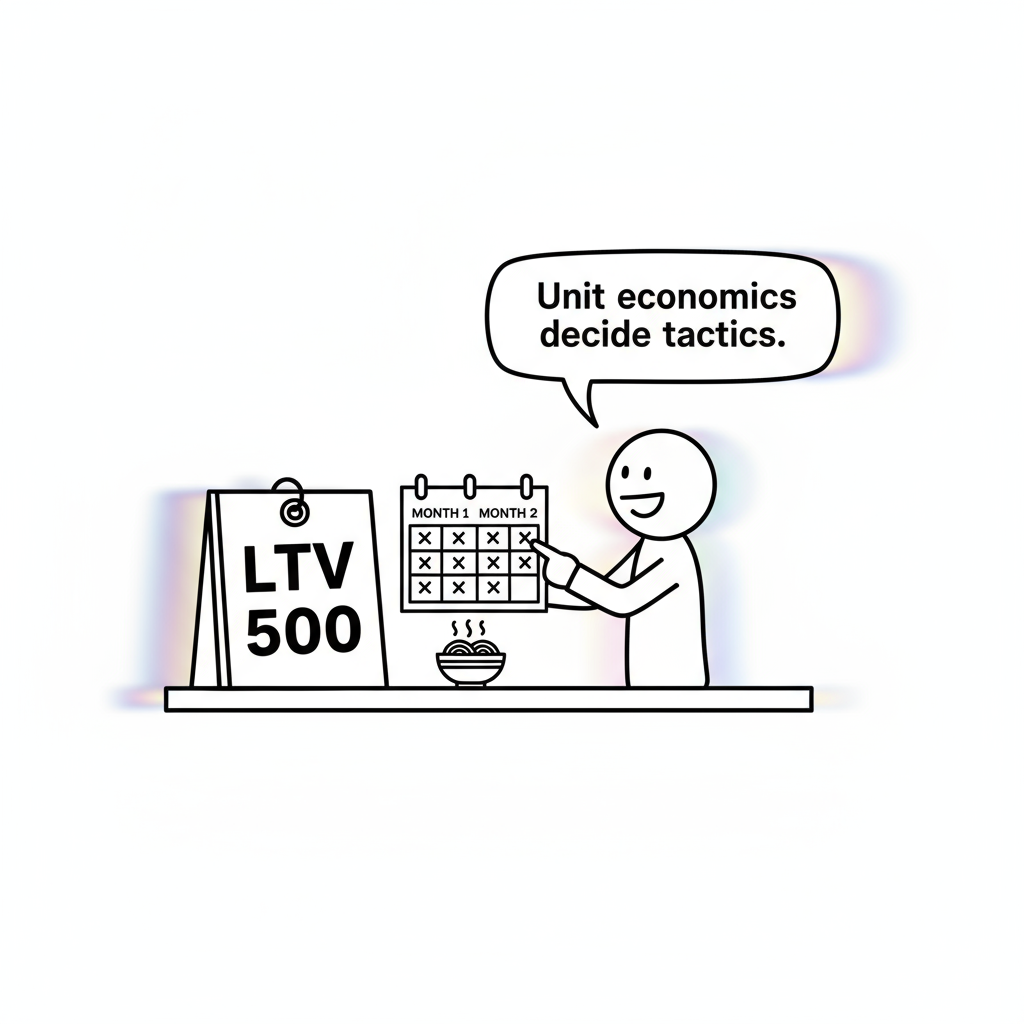
Fundraising advice is equally practical. Raise when you need it or when terms are clearly good. Do not let capital make you sloppy. The secret to raising is to build a good company. That line sounds obvious until you watch a dozen teams treat the process like theater. He pushes for speed, clarity, and real metrics, and he reminds you that a great board member can be worth a lower price. All of that matches what endures across cycles.
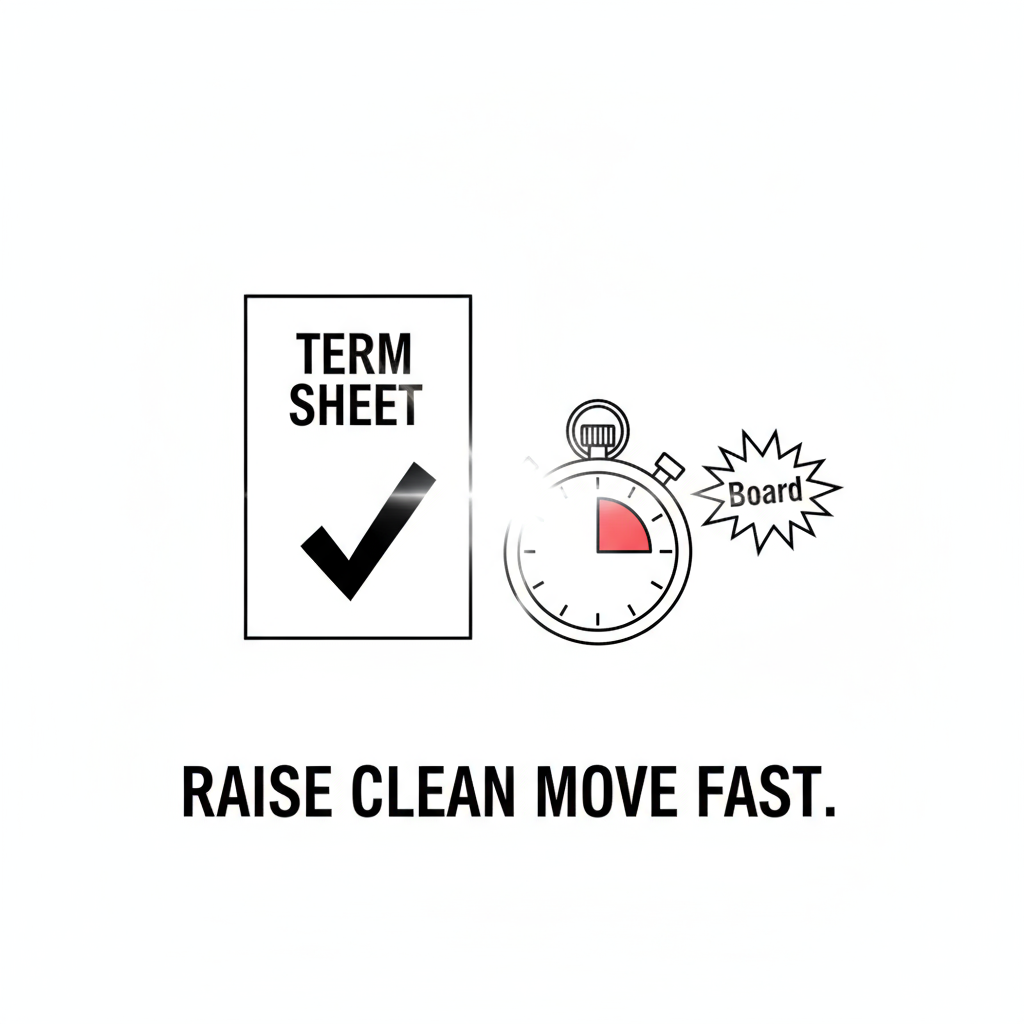
Where I diverge a little is not on principles but on posture. The Playbook leans toward co located early teams and heavy in person cadence between founders and first hires by implication. Today you can run a small remote team at seed if you enforce written culture, shared hours, and frequent on sites. The trade is harder management work up front in exchange for a wider talent pool. I also think you should look earlier at platform and distribution risk when your product depends on a single gatekeeper, even while keeping competitors in the background. Those are not contradictions. They are 2025 adjustments to how you apply the same core ideas.
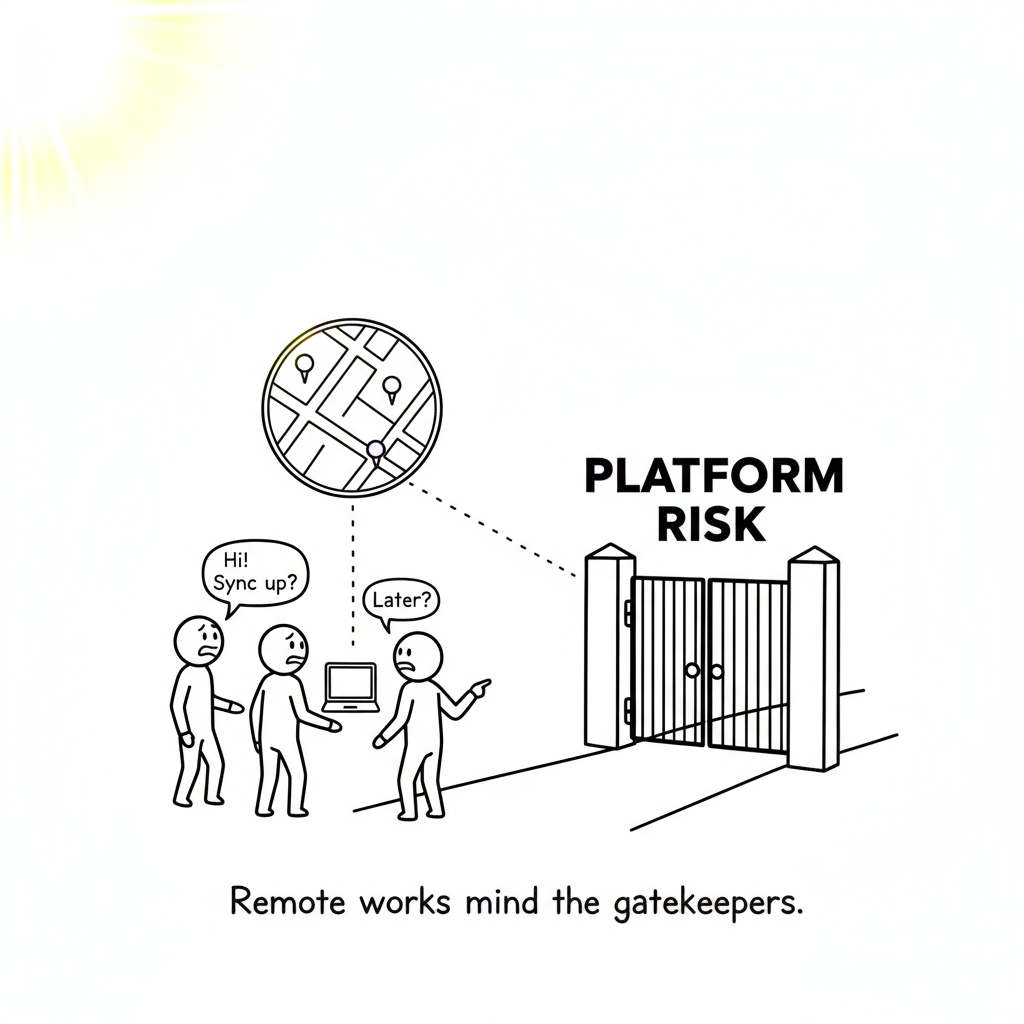
The closing thought earns its place. A thousand people share your idea. One becomes a company. The difference is execution. There is no hack that turns idea into success. There is only a long stretch of weekly compounding where you keep showing up and keep choosing the right hard thing. If you need a one line summary to carry into a brutal week, take that one.
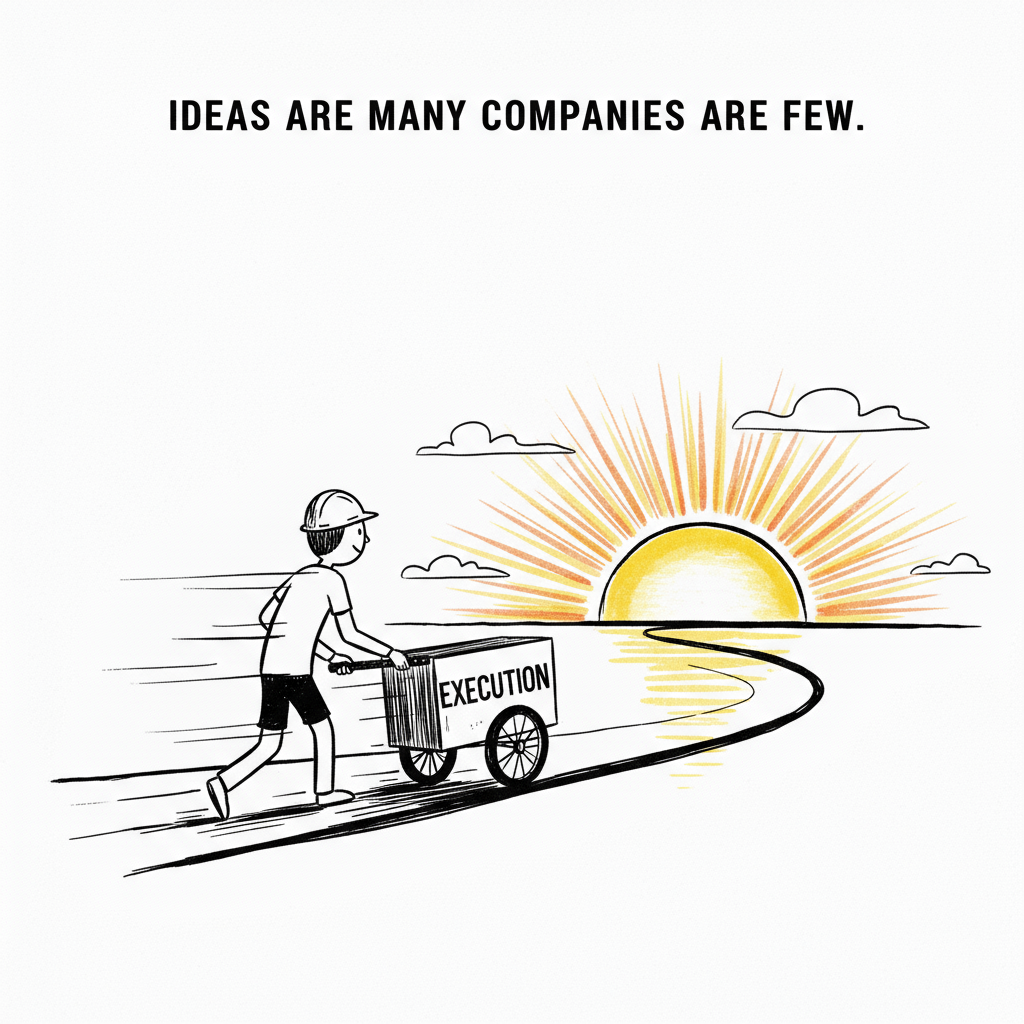
Sam Altman
